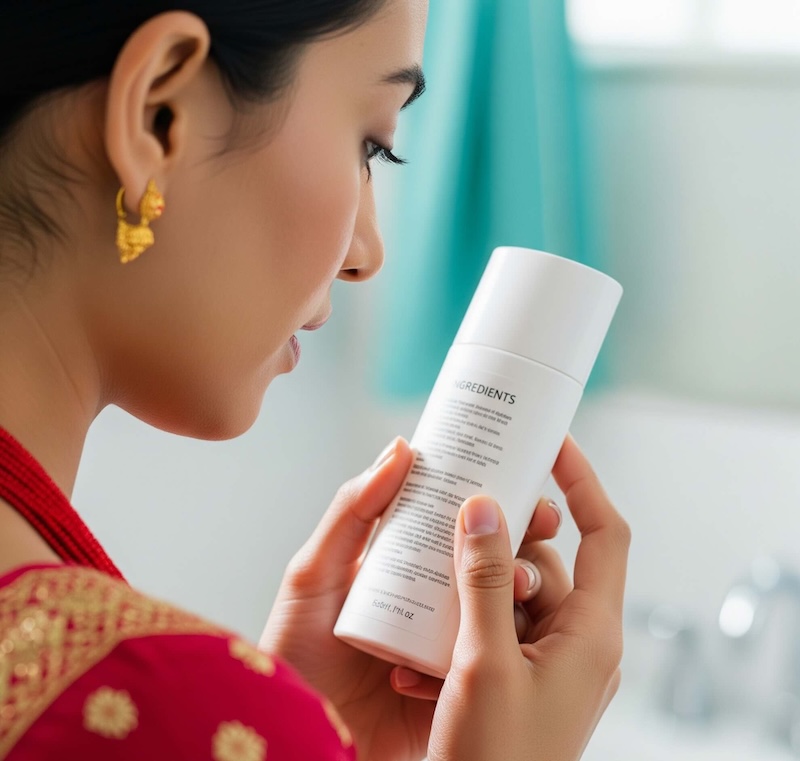Protecting your skin from the sun is crucial, but it’s also wise to be aware of the ingredients in your sunscreen. Some common components have raised concerns regarding potential health and environmental effects. Here’s a brief overview:
- Oxybenzone (Benzophenone-3): This chemical UV filter is known to be absorbed into the skin and has been linked to hormone disruption in animal studies. It can also cause skin allergies and is notably harmful to coral reefs. The National Toxicology Program found equivocal evidence of carcinogenicity in rats at high doses.
- Octinoxate (Ethylhexyl Methoxycinnamate): Similar to oxybenzone, octinoxate can be absorbed through the skin and has been associated with endocrine-disrupting effects in animal and lab studies, particularly concerning thyroid hormone function. It is also recognized for its damaging impact on coral reefs.
- Homosalate: This ingredient is absorbed into the skin at levels the FDA is further investigating. It has been linked to hormone disruption (estrogen, androgen, and progesterone) in laboratory studies. Its use is more restricted in Europe due to these concerns.
- Octocrylene: Concerns exist because octocrylene can degrade into benzophenone over time, a substance suspected to be a carcinogen and endocrine disruptor. It can also cause photoallergic reactions in some individuals and is linked to aquatic toxicity.
- Avobenzone: While a UVA protector, avobenzone can be unstable and break down in sunlight unless formulated with stabilizers, which may have their own concerns. Some studies suggest it may have hormone-disrupting potential, and its breakdown can create irritating byproducts.
- Retinyl Palmitate (a form of Vitamin A): Some studies initially suggested it might increase skin cancer risk when applied to sun-exposed skin. However, many dermatological organizations now state there’s no convincing evidence it causes cancer in humans when used in sunscreens.
- Parabens: Used as preservatives, these can cause skin irritation or allergic reactions, especially for those with sensitive skin. Some parabens are also linked to potential hormone disruption.
- Phthalates: Often found in fragrances, these are known endocrine disruptors and have been linked to other negative health effects.
- Synthetic Fragrances: These are chemical concoctions that can cause skin irritation, especially for sensitive individuals. The term “fragrance” can hide a mix of potentially harmful chemicals.
- Benzene (Contaminant): Not an intended ingredient, but benzene, a known human carcinogen, has been found as a contaminant in some sunscreen products, particularly sprays. This is a manufacturing issue rather than an issue with the sunscreen ingredients themselves.
- Titanium Dioxide (Nano): While generally safe in creams and lotions, nano-sized titanium dioxide in powdered or spray form is classified as a possible human carcinogen if inhaled.
Making Safer Choices:
For patients concerned about these ingredients, mineral sunscreens containing zinc oxide and titanium dioxide (non-nano, in lotion or cream form) are generally considered safer alternatives. Always read labels carefully and choose broad-spectrum protection with an SPF of 30 or higher.
It’s important to remember that the risk of skin cancer from sun exposure is well-established, hence dermatologists recommends consistent sun protection. If you have specific concerns, discuss them with your dermatologist.

